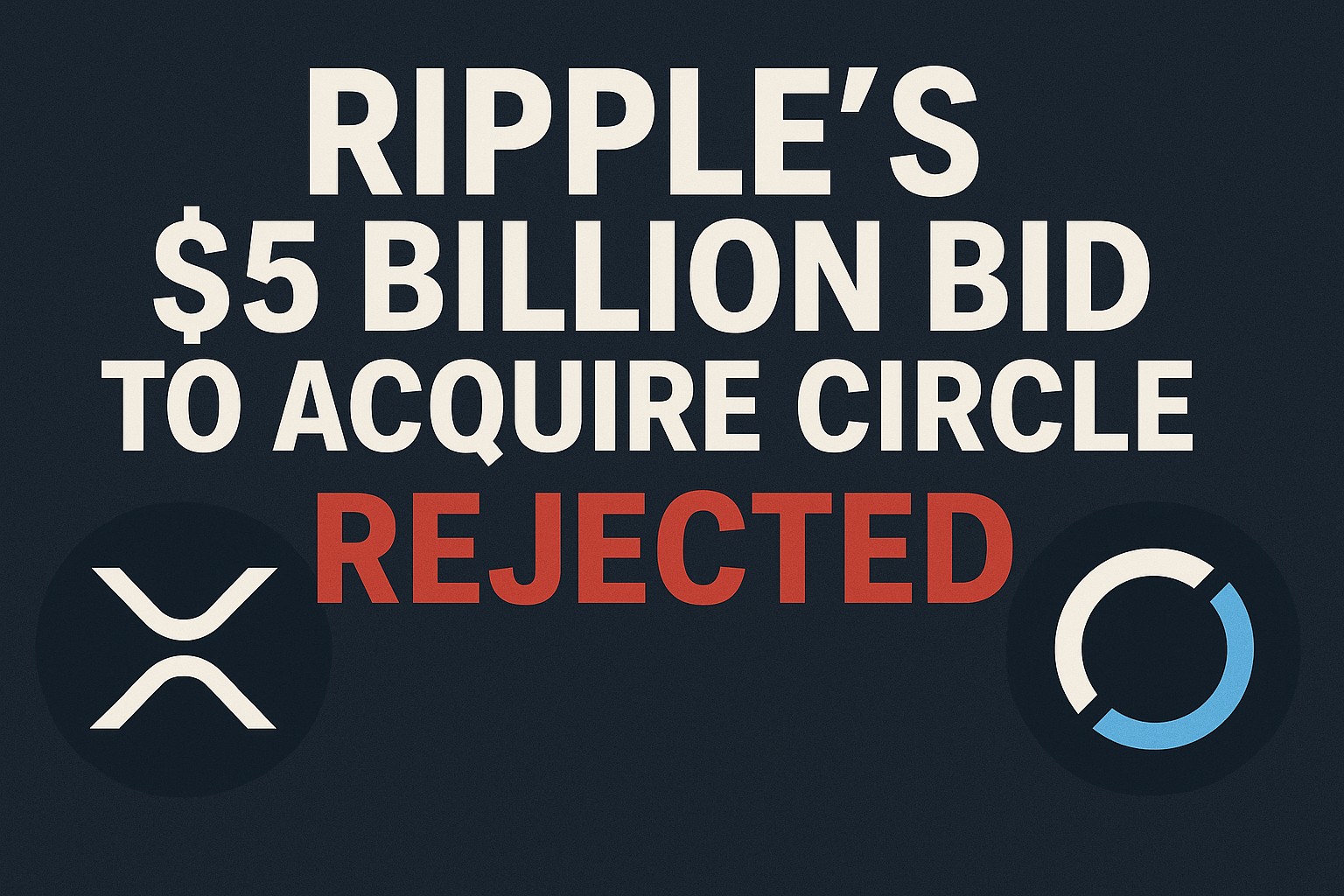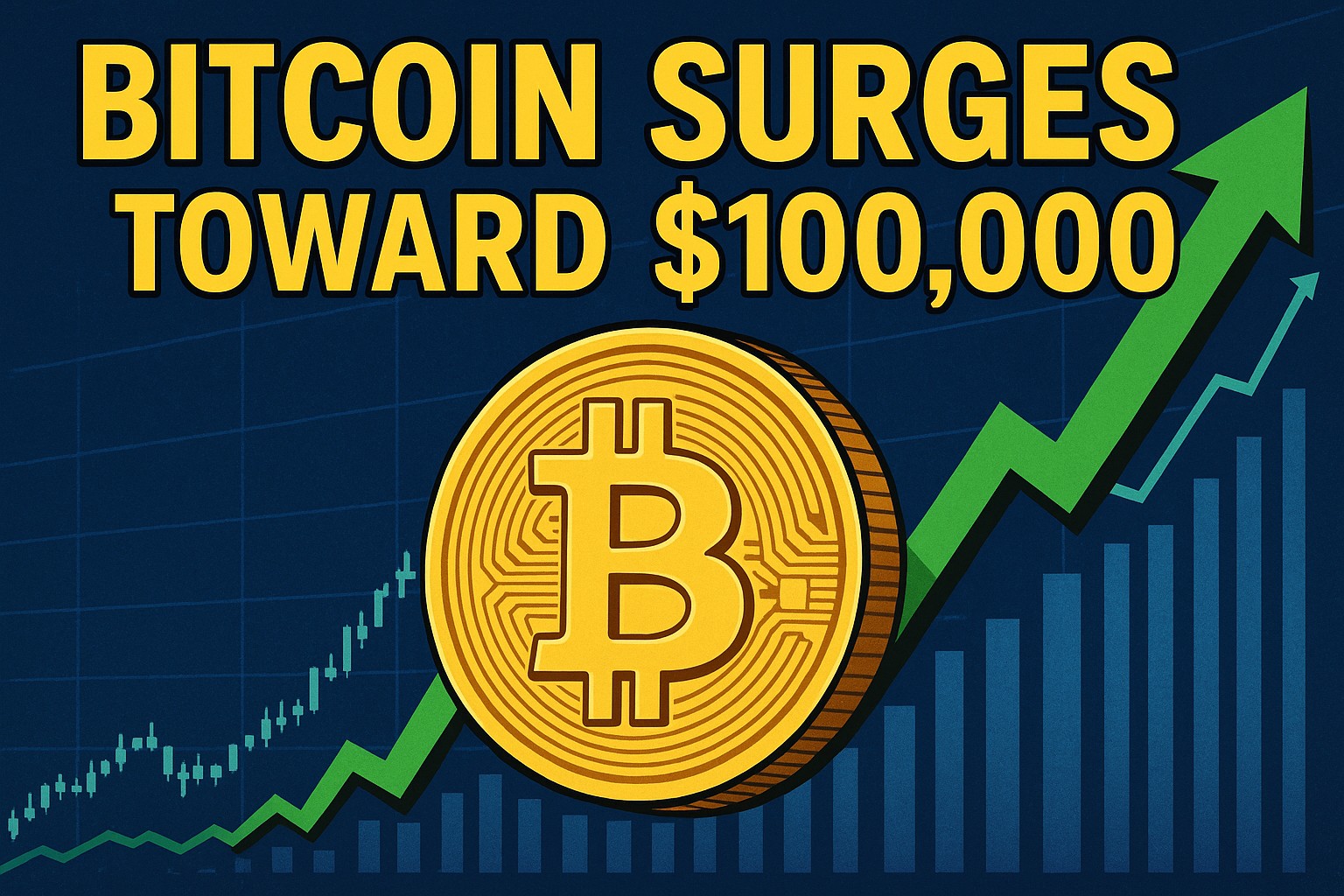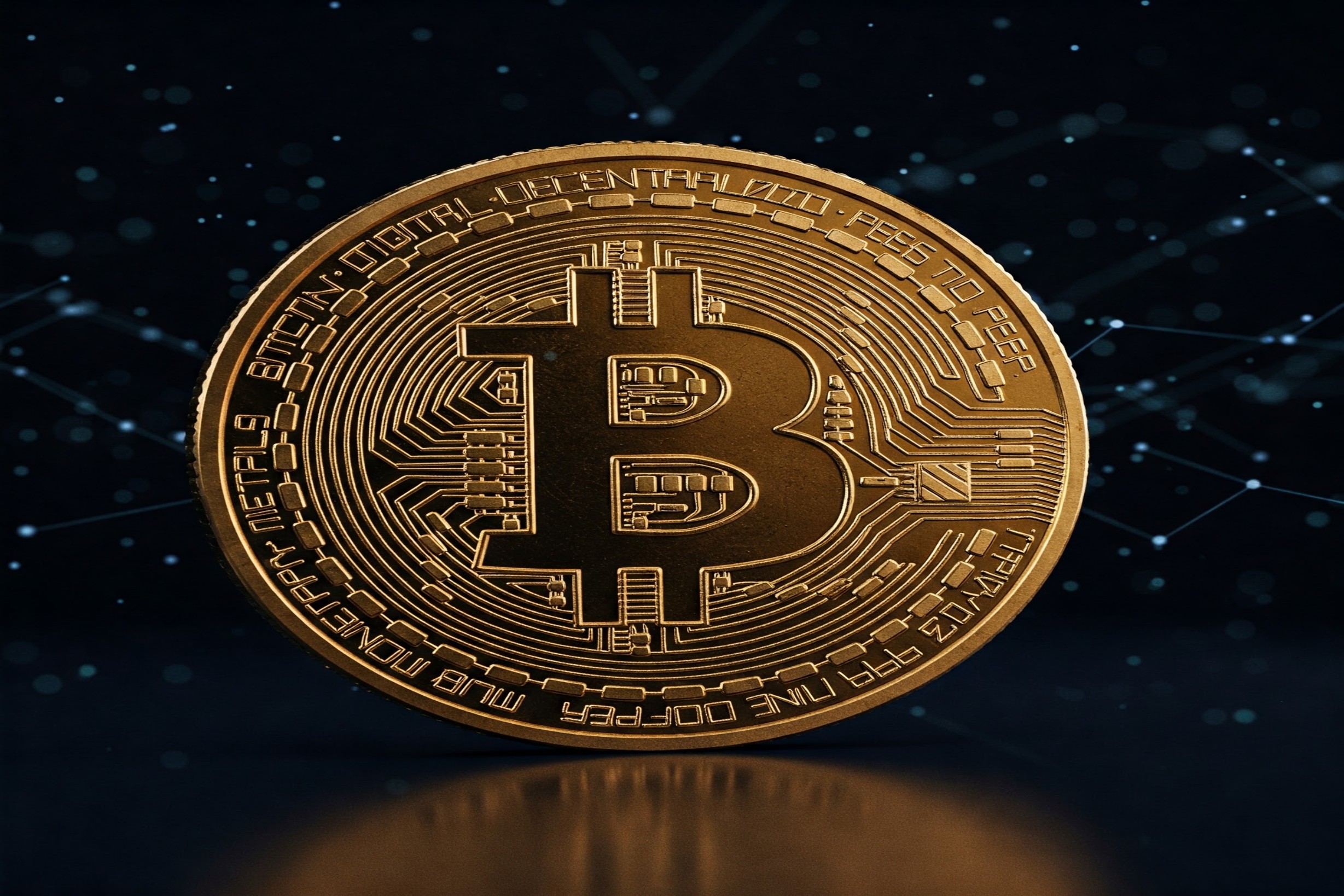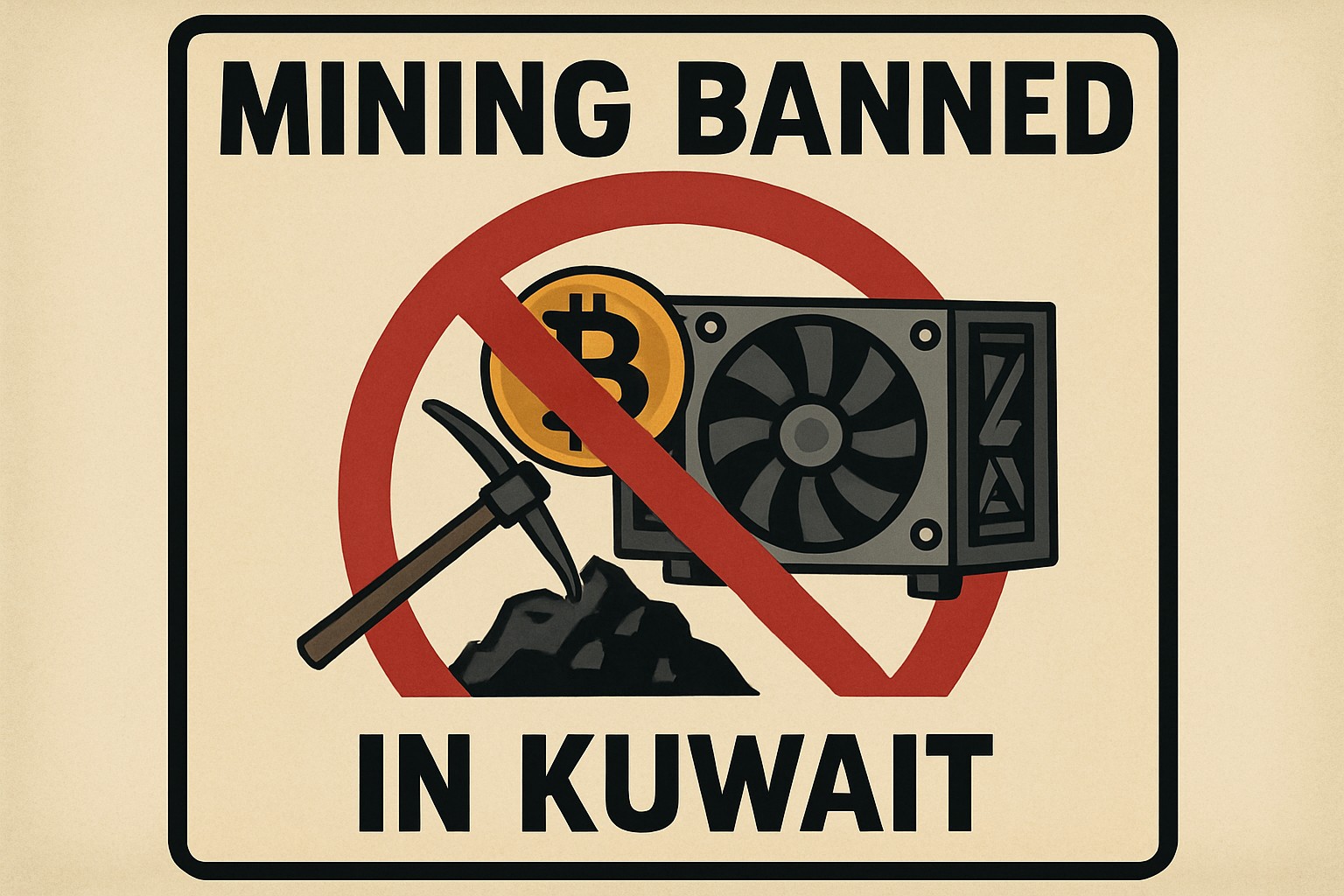May 2, 2025 – San Francisco, CA — In a bold move signaling rising competition in the stablecoin sector, Ripple Labs, the blockchain company behind the XRP token, made a multi-billion-dollar offer to acquire its stablecoin rival Circle. According to sources close to the matter, Ripple offered between $4 billion and $5 billion to acquire Circle, the issuer of the USDC stablecoin — the world’s second-largest dollar-backed digital asset.
The offer, however, was reportedly turned down by Circle, which is currently preparing for a highly anticipated initial public offering (IPO) in the United States. Insiders familiar with the deal revealed that Circle’s leadership viewed Ripple’s bid as undervaluing the company, especially given its strategic importance in the rapidly expanding stablecoin market.
Ripple’s Interest in Circle
Ripple’s interest in Circle comes at a time when the stablecoin market is becoming increasingly central to the crypto economy. USDC, issued by Circle, has established itself as a major player, often considered the closest rival to Tether’s USDT. The acquisition, if successful, would have significantly bolstered Ripple’s position in the industry by giving it direct access to a regulated and widely adopted stablecoin.
Reports suggest that Ripple CEO Brad Garlinghouse was undeterred by the initial rejection. In a surprising follow-up move, Garlinghouse raised the offer to a staggering $20 billion, showing Ripple’s serious commitment to expanding its reach and influence in the crypto financial infrastructure.
Strategic Motives
The attempted acquisition is part of Ripple’s broader push to diversify its business beyond cross-border payments. With regulatory clarity around stablecoins improving in the U.S. and internationally, Ripple sees significant potential in controlling a stablecoin asset like USDC, especially as stablecoins gain increasing traction in both decentralized finance (DeFi) and traditional financial services.
Moreover, acquiring Circle would have given Ripple access to key banking partnerships, compliance infrastructure, and a large user base — assets that are highly valuable in the increasingly regulated crypto market.
Industry Implications
While the deal has not gone through, the news has stirred the broader crypto community and drawn attention to the rising value of stablecoin companies. It also underscores a trend of consolidation and strategic positioning in the crypto space, where leading players are beginning to make aggressive moves to strengthen their long-term prospects.
If Circle proceeds with its IPO successfully, it may further solidify its independence and valuation, while Ripple may continue exploring other avenues to enter or disrupt the stablecoin segment, possibly by developing its own digital dollar-pegged asset or pursuing other acquisitions.
Key Takeaways:
- Ripple offered $4–5 billion to acquire Circle, which was rejected.
- Circle is focused on going public and believes the offer undervalued the company.
- Ripple reportedly increased the offer to $20 billion following the rejection.
- The move highlights Ripple’s ambitions to expand into the stablecoin market.
- Industry experts see this as a sign of maturing market dynamics and rising M&A activity in crypto.







